The Tabernacle Chapter 10: The Outer Court
The outer court of the Tabernacle consists of two major items, the laver, and the alter. A dozen verses describing these two items provides a wealth of information.
The laver was made of brass, and filled with water. The laver was designed for the priest to wash their hands and feet before ministering at the alter, or within the Tabernacle. The laver was placed between the Tabernacle and the alter, which may seem like a strange location, based on the fact, the priests were required to wash before serving at the alter. This is one detail requiring further consideration.
The sacrifice was offered upon the alter. We know the sacrificial animals had nothing to do with forgiving sins, they were symbols pointing to Christ. Physically the priests passed the alter before washing at the laver. From there, they either returned back east to the alter, or continued west into the Tabernacle. On a spiritual level, the priests passed by Jesus, before washing at the laver. Was this a symbol containing a higher meaning for the priests, or a detail His disciples would later realize, when looking back on the ceremony taught by Jesus during the last Passover dinner He shared with them?
The description of the laver in Exodus 30:18-21 shows how important the washing process was. Moses recorded the warning not once, but twice, “that they die not.” Not only the words demand investigation, but the fact God repeated them indicates these texts contain an important message.
Comparing scripture, we find another important example of foot washing in John chapter 13. A quick comparison will show, the priests washed their feet in preparation to serve God. Jesus washed the disciples feet in preparation to serve others. To the untrained eye these may appear as a completely different subjects, but they do have a spiritual connection. Comparing additional scripture will show a relationship between these two services. And the King shall answer and say unto them, Verily I say unto you, Inasmuch as ye have done it unto one of the least of these my brethren, ye have done it unto me. Matthew 25:40. This was as true in Jesus’ day as it was in Moses’ time.
Serving our brothers, sisters, neighbors, strangers, rich, poor, needy, and broken hearted, is serving God. Obviously, this was the lesson Jesus taught during the last Passover meal shared with His disciples. Was this the same lesson contained in the foot washing in the laver? To answer this question we will have to examine and compare the details of each ceremony.
Jesus washed the feet of the disciples as an example to show them the character of God, and to show them how they were to interact with those they were about to deliver the news, Christ their Savior has delivered the world from sin and death. Jesus told them, “If I then, your Lord and Master, have washed your feet; ye also ought to wash one another’s feet. For I have given you an example, that ye should do as I have done to you.” John 13:14, 15. Foot washing was a symbol to show His disciples, they were to become servants, following the example Jesus had shown in His life.
Jesus never healed a person, fed them, or preached for personal gain. His main purpose in life was to reveal the character of God. Once Jesus returned to the Father, it was up to the disciples to continue His ministry. The fate of the world was in the hands of eleven individuals, with little if any leadership skills, no political influence, no financial empire, little more than the cloths on their backs, and the support of friends and family. Since its birth, Christianity has always seemed to be hanging on by less than a thread.
We can see the same was true in the birth of the priesthood. God’s original plan was for Israel to be a kingdom of priests. Now therefore, if ye will obey my voice indeed, and keep my covenant, then ye shall be a peculiar treasure unto me above all people: for all the earth is mine: And ye shall be unto me a kingdom of priests, and an holy nation. These are the words which thou shalt speak unto the children of Israel. Exodus 19:5-6. After witnessing God’s power, coupled with the temptation faced while Moses journeyed to the top of Sinai to receive God’s commandments, Israel decided on another plan. And all the people saw the thunderings, and the lightnings, and the noise of the trumpet, and the mountain smoking: and when the people saw it, they removed, and stood afar off. And they said unto Moses, Speak thou with us, and we will hear: but let not God speak with us, lest we die. Exodus 20:18-19.
As Israel witnessed a display of God’s power from the top of mount Sinai, Satan and his angels were hard at work in the midst of Israel, sowing the seeds of fear and doubt. It seemed Israel either had forgotten the grace God had displayed in their release from Egypt, or the fear they learned in Egypt was more attractive to them than the love, and freedom God had offered. Maybe the change was too great for them to seriously, or intelligently consider the opportunity offered. After God had secured their freedom, He offered them a ministry which required a great deal of responsibility.
Could it be, many of the Israelites could not handle the responsibility? After all, consider the life they had been leading. Up until that point, every minute of their entire lives had been planned for them. Someone decided what time to wake up in the morning. What to eat for breakfast. What job to do during the day. When to begin, when to break for lunch, if there was a lunch, when work would end. Someone even decided when they were allowed to drink a cup of water, and how much. As slaves, every detail of their lives had been decided for them, and now God was asking them to take on responsibility.
They had not realized, when God appoints a task, He also provides the means to complete the task, at levels of success they could have never imagined. Instead of trusting the sights, and miracles they had witnessed over the previous weeks, they allowed themselves to be swayed by the unseen forces of Satan. Doubt is a funny thing. Jesus once said, “if you had faith the size of a mustard seed, you could say to that mountain, move, and it would move. Nothing would be impossible.”
Israel had just seen fire come down from the sky, water turn to blood, swarms of locusts appear, and disappear in the wind, plus a list of other miracles. If those could not produce faith the size of a mustard seed, what could? Its amazing how little faith eye witness accounts of God’s miracles can produce in some people, while the unseen force of doubt can crush any hope, and stop them dead in their tracks. All God was asking them to do, was go out and tell others what they had witnessed. Does God ask anything more from any of us? Maybe they were lacking in their knowledge of God, or humility, thinking they had to rely on their abilities. This is why God placed the laver as a reminder, between the alter and the Tabernacle.
The situation Israel desired seems a type of irony. God chose Moses as their deliverer. Moses was once a prince in Egypt. Raised within the royal courts, the adopted son of the royal house, Moses was one of the highest ranking officials in Egypt. By his position, Moses was Israel’s Egyptian ruler, before he was God’s deliverer. Given the opportunity to serve God on a personal level, Israel turned down the invitation, choosing rather to serve through Moses. Another example of Israel carrying the traditions learned in Egypt into the wilderness. Imagine, being delivered from a life of slavery, and choosing to serve the same person, once ruling in the kingdom you were freed from. Was the thought of serving as God’s priests that frightening to them?
The priesthood of Israel had quickly been reduced from a nation, to one tribe, the Levites. Actually the Levites were chosen by God to maintain and carry the Tabernacle while wandering through the wilderness. The priesthood was reduced to Aaron and his sons. This number was further reduced when two of them decided to offer strange fire. Something the Lord had specifically commanded them not to do. We are not told Nadir and Abide were out drinking before offering their strange fire, but a few verses later in Leviticus chapter 10, God tells Aaron and his sons not to drink wine or strong drinks before ministering in the Tabernacle. From this we can see, the laver and foot washing was not just a formality, but an act to remind the priests of the significance of their service.
As we have learned, every item in the Tabernacle was a symbol pointing to Jesus, His life, and mission on earth, and in Heaven. Not only was the foot washing to remind the priests of their reverence toward God, but respect for the messages taught to the people as they conducted the precise movements of every ritual. This makes you wonder, how the priests knowing every detail of every ceremony did not recognize the Son of God, as they studied His mission for three and a half years.
The laver was made of brass and filled with water. Each of these has a spiritual significance. Exactly what they relate to tells the spiritual story of the laver.
Most people know the living water represents Christ, and His salvation. Whosoever drinketh of the water that I shall give him shall never thirst; but the water that I shall give him shall be in him a well of water springing up into everlasting life. And he shewed me a pure river of water of life, clear as crystal, proceeding out of the throne of God and of the Lamb. And he said unto me, It is done. I am Alpha and Omega, the beginning and the end. I will give unto him that is athirst of the fountain of the water of life freely. John 4:14, Revelation 22:1, Revelation 21:6.
In chapter four we have seen Jesus’ feet have been described as polished brass, and the earth is His footstool, a symbol showing where His followers worship from. Also, the cooperation between God and man in the work of salvation. In the spiritual sense, brass shares the symbolism for feet, and is directly related to the love and service Jesus used them to represent, an example of service between God and man. In addition to the service between God’s people, and those they are sent to save.
The Bible does not provide a detailed description of the laver. We are not given its size, shape, weight, or any other physical detail, but the spiritual description is beyond the ability of any man to describe without the aid of the Holy Spirit and God’s recorded word. The gift of salvation, the spiritual water is contained within the brass laver, representing the example of love and service shown to this world by the life, and sacrifice of Jesus. By design God provided the complete story of salvation in the first item visited inside the Tabernacle, the laver.
The alter is also found in the outer court, and may be the strangest combination of materials found in the Tabernacle. Not based on the materials used, but on its intended use, because portions of the sacrifice were burnt on the alter, and the structure of the alter is made of wood.
I have always questioned why God would design a wooden alter used to burn sacrifices. According to Exodus chapter 27, the alter was made of shittim wood, covered in brass. At first I thought the brass must be thick enough, and designed in a way to dissipate the heat. The flash point of wood is 572 degree F. (300 degrees C.). Because a fire is burning under the sacrifice, what would keep the wooden alter from over heating, and deteriorating?
Some people may think, because the wood is covered with brass, it protect the wood. That may be the case, but over time, the wood would eventually develop major forms of deterioration. Another concern in the design is the expansion rate of the two materials. This should have not been a problem, based on the fact brass has a much higher expansion rate than wood. It would have been a problem if it were the other way around.
The answer to this dilemma is found in the scriptures. Carefully reading the details shows a design which takes the heat into account. The alter was made of wood covered with brass, but within the alter was a grate of brass. The grate, made of solid brass is described as a network, placed inside the alter which is five cubits, or seven and a half feet square. The size of the grate would have been wide enough to allow adequate space between the flame and the alter, allowing the heat to dissipate before reaching the wooden altar. The mystery is solved. The sacrifice was burnt upon the solid brass grate, not the wood alter covered with brass.
The connection between the grate and the alter is a bit of a mystery. The grate supported the weight of the sacrifice. Based on that fact, it could have been designed to slip down inside the alter, resting on a ledge, or pads designed to support the grate. If that were the case, the grate would have easily lifted out. The actual design was not so simple based on the full description. The grate was designed with four rings, one in each corner. Wood poles, covered in brass were fit through the rings to carry the ark. If the grate simply rested inside the alter, it would have pulled out when lifted. Therefore the design must have included some type of locking mechanism, may have been pinned, or the poles may have been used to connect and support the alter and the grate.
The spiritual description for brass is given above, which conforms to the symbol of the alter in the plan of salvation. Attention to detail shows, the sacrifice rests only upon the grate made of brass, and does not touch the alter. The only part of the sacrifice touching the alter is the blood sprinkled on the horns. A symbol of Christ’s blood covering our sins.
There is a resemblance between the ark and the alter. Both are constructed of wood, which determines their shape. The ark is covered with pure gold, the alter with brass. Some may think the alter is covered in brass because it can take more heat, which of not true. Brass melts at 1650 degrees F, while the melting point of gold is 1950 degrees F.
Studying the ark we have seen wood represents people. This is why brass, representing Christ covers the wood. If brass was not protecting the wood, it would be in danger of being destroyed by the fire consuming the sacrifice. The alter made of wood, covered with brass supports the grate. A symbol of man’s role in salvation. After Jesus provided the sacrifice, it was up to human agents to spread the news of the gospel. In a spiritual sense, man has a supporting role in the plan of salvation.
The construction of the alter is a perfect spiritual representation of the details leading up to Jesus’ sacrifice. Jesus, the sacrificial lamb faced the fires of pride, hate, and bigotry. The priests and scribes felt threatened by Jesus’ ministry. They ruled by fear, reinforced by an endless list of man made traditions and rituals, designed to keep the mind and hearts of the Jews in spiritual darkness. They constantly followed and questioned Jesus. One of the major disagreements they had with the Son of God, was His desire to heal on the Sabbath.
The priest looked with pride upon their control of the Sabbath. The slightest infraction of their rules was viewed as an attack of their authority. They claimed they were upholding God’s honor, while they had very little spiritual knowledge of His law, or character. Facing a verbal attack from the Pharisees and scribes, Jesus answered them; “Full well ye reject the commandment of God, that ye may keep your own tradition.” Mark 7:9.
Twice Jesus cleared the sanctuary of the moneychangers and freed the animals intended for sale as officially consecrated sacrifices, according to their traditions, which the priest had turned into what they considered as a successful money making venture. They used their role as God’s priests as a cloak to cover their real intent. They convinced themselves they were providing income for God. This is how far they had drifted from His word. They forgot, God had created everything, and the cattle upon a thousand hills were His. How could they misunderstand the words of Hosea? “For I desired mercy, and not sacrifice; and the knowledge of God more than burnt offerings.”
The subject of money constantly occupied the minds of the priests. The second time Jesus forced the moneychangers from the temple, the priest decided to challenge Jesus on a subject they considered themselves experts. As they looked upon the form of the weather beaten figure of a man they considered inferior, the priests decided to use the subject of money as the ultimate display of their authority. In their eyes, this poor, uneducated, self proclaimed preacher could not outwit them when it came to the subject of money. It was at that moment they asked Jesus, Tell us therefore, What thinkest thou? Is it lawful to give tribute unto Caesar, or not? But Jesus perceived their wickedness, and said, Why tempt ye me, ye hypocrites? Shew me the tribute money. And they brought unto him a penny. And he saith unto them, Whose is this image and superscription? They say unto him, Caesar’s. Then saith he unto them, Render therefore unto Caesar the things which are Caesar’s; and unto God the things that are God’s. Matthew 22:17-21.
At first the priest attempted to deal with Jesus by exerting their religious authority. When that failed they turned to tradition. Seeing that would not achieve their goal they turned to deception. Faced with another failure, they turned to the subject of money. To the priests money had become a symbol of success. A great deal of their money came from a corrupt sacrificial system they had created to replace the service God had given through Moses.
What once was a simple, and spiritual ceremony designed to point to God as the Savior of mankind, was turned into an assembly line of endless sacrifices in an attempt to earn one’s way into Heaven. The purpose of their traditions and ceremonies was to hide the truth. To them, there was no profit in the free gift of salvation Jesus was offering.
To the priests, the stone temple became a symbol of their success. A symbol of their power, wealth, and prosperity. Their stone temple had lost the simplicity, humility, and spirituality of the Tabernacle. This is what Jesus came to restore. This is what Jesus came to teach, and this is why Caiaphas blindly declared, “it is expedient for us, that one man should die for the people, and that the whole nation perish not.”
As we look back at the way the priests treated Jesus, we have to ask, why couldn’t they recognize the Son of God? These were the people who should have been studying the scriptures. They should have known the signs. They should have been able to confirm the fulfillment of a number of prophecies, which should have prompted them to search the scriptures day and night in the spirit of unity. Although the gospels record a number of tests and questions the priests and scribes challenged Jesus with, not one of them was based upon the prophecies of the Messiah, even though Jesus pointed them to a number of scriptures containing prophesies about Him. Jesus answered questions about His divinity, and the plan of salvation from His disciples. I am certain He would have answered any questions from the priests and scribes.
How did the priests loose sight of the message they were commissioned to guard? The first changes can be traced to a number of alterations between the Tabernacle and the stone temple. A close examination will show modifications in the shape, size and proportions. Materials were changed, along with a number of other details, including the room containing the arc, the outer court, alter, and laver. We know the ark was lost soon after the construction of the first stone temple. At first the spiritual symbols of the Tabernacle were lost. Next the ceremonies were altered. When they ran out of ceremonies to change, each generation of priests attempted to find their way to a form of eternal life by introducing an endless series of traditions. Each priest thinking his name would live on when associated with the initiation of a new tradition. They had completely lost site of the fact, as God’s priests, they were to be servants to the people. This is why Jesus tried to teach this lesson to His disciples in so many talks, parables, and experiences. Being a servant is one of the most important features of carrying on Jesus’ message to the rest of the world. The recorded details and ceremonies of the Tabernacle ensure the spiritual lessons will be freely available for study until Christ’s return.
I would like to continue to leave this information on the Internet for free based on the simple fact, there is such a great number of people all over the world who cannot afford to purchase the book. If that’s the case, I can email a few copy of the entire book for free.
Material may be copied and shared with permission at AdventBible@gmailcom. Please include the following information:
© Copyright 2009 – 2013 Dennis Herman
The entire book is available as an eBook download. Click the cover to link to the sale site.
Supporting texts:
Exodus 30:18-21 Thou shalt also make a laver of brass, and his foot also of brass, to wash withal: and thou shalt put it between the tabernacle of the congregation and the altar, and thou shalt put water therein. (19) For Aaron and his sons shall wash their hands and their feet thereat: (20) When they go into the tabernacle of the congregation, they shall wash with water, that they die not; or when they come near to the altar to minister, to burn offering made by fire unto the LORD: (21) So they shall wash their hands and their feet, that they die not: and it shall be a statute for ever to them, even to him and to his seed throughout their generations.
Exodus 27:1-8 And thou shalt make an altar of shittim wood, five cubits long, and five cubits broad; the altar shall be foursquare: and the height thereof shall be three cubits. (2) And thou shalt make the horns of it upon the four corners thereof: his horns shall be of the same: and thou shalt overlay it with brass. (3) And thou shalt make his pans to receive his ashes, and his shovels, and his basons, and his fleshhooks, and his firepans: all the vessels thereof thou shalt make of brass. (4) And thou shalt make for it a grate of network of brass; and upon the net shalt thou make four brasen rings in the four corners thereof. (5) And thou shalt put it under the compass of the altar beneath, that the net may be even to the midst of the altar. (6) And thou shalt make staves for the altar, staves of shittim wood, and overlay them with brass. (7) And the staves shall be put into the rings, and the staves shall be upon the two sides of the altar, to bear it. (8) Hollow with boards shalt thou make it: as it was shewed thee in the mount, so shall they make it.
John 13:3-17 Jesus knowing that the Father had given all things into his hands, and that he was come from God, and went to God; (4) He riseth from supper, and laid aside his garments; and took a towel, and girded himself. (5) After that he poureth water into a bason, and began to wash the disciples’ feet, and to wipe them with the towel wherewith he was girded. (6) Then cometh he to Simon Peter: and Peter saith unto him, Lord, dost thou wash my feet? (7) Jesus answered and said unto him, What I do thou knowest not now; but thou shalt know hereafter. (8) Peter saith unto him, Thou shalt never wash my feet. Jesus answered him, If I wash thee not, thou hast no part with me. (9) Simon Peter saith unto him, Lord, not my feet only, but also my hands and my head. (10) Jesus saith to him, He that is washed needeth not save to wash his feet, but is clean every whit: and ye are clean, but not all. (11) For he knew who should betray him; therefore said he, Ye are not all clean. (12) So after he had washed their feet, and had taken his garments, and was set down again, he said unto them, Know ye what I have done to you? (13) Ye call me Master and Lord: and ye say well; for so I am. (14) If I then, your Lord and Master, have washed your feet; ye also ought to wash one another’s feet. (15) For I have given you an example, that ye should do as I have done to you. (16) Verily, verily, I say unto you, The servant is not greater than his lord; neither he that is sent greater than he that sent him. (17) If ye know these things, happy are ye if ye do them.
I would like to continue to leave this information on the Internet for free based on the simple fact, there is such a great number of people all over the world who cannot afford to purchase the book. If that’s the case, I can email a few copy of the entire book for free.
Material may be copied and shared with permission at AdventBible@gmailcom. Please include the following information:
© Copyright 2009 – 2013 Dennis Herman











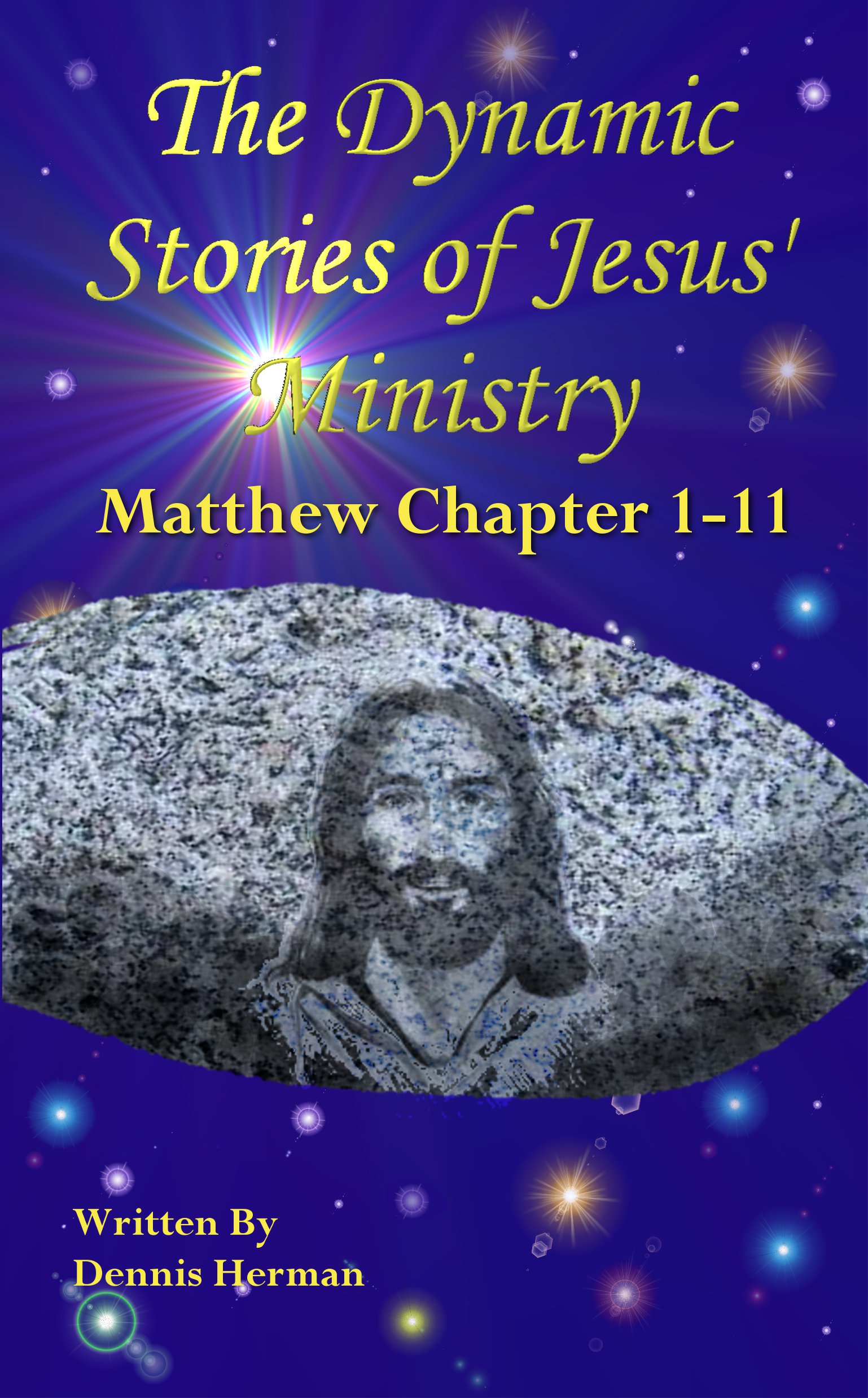
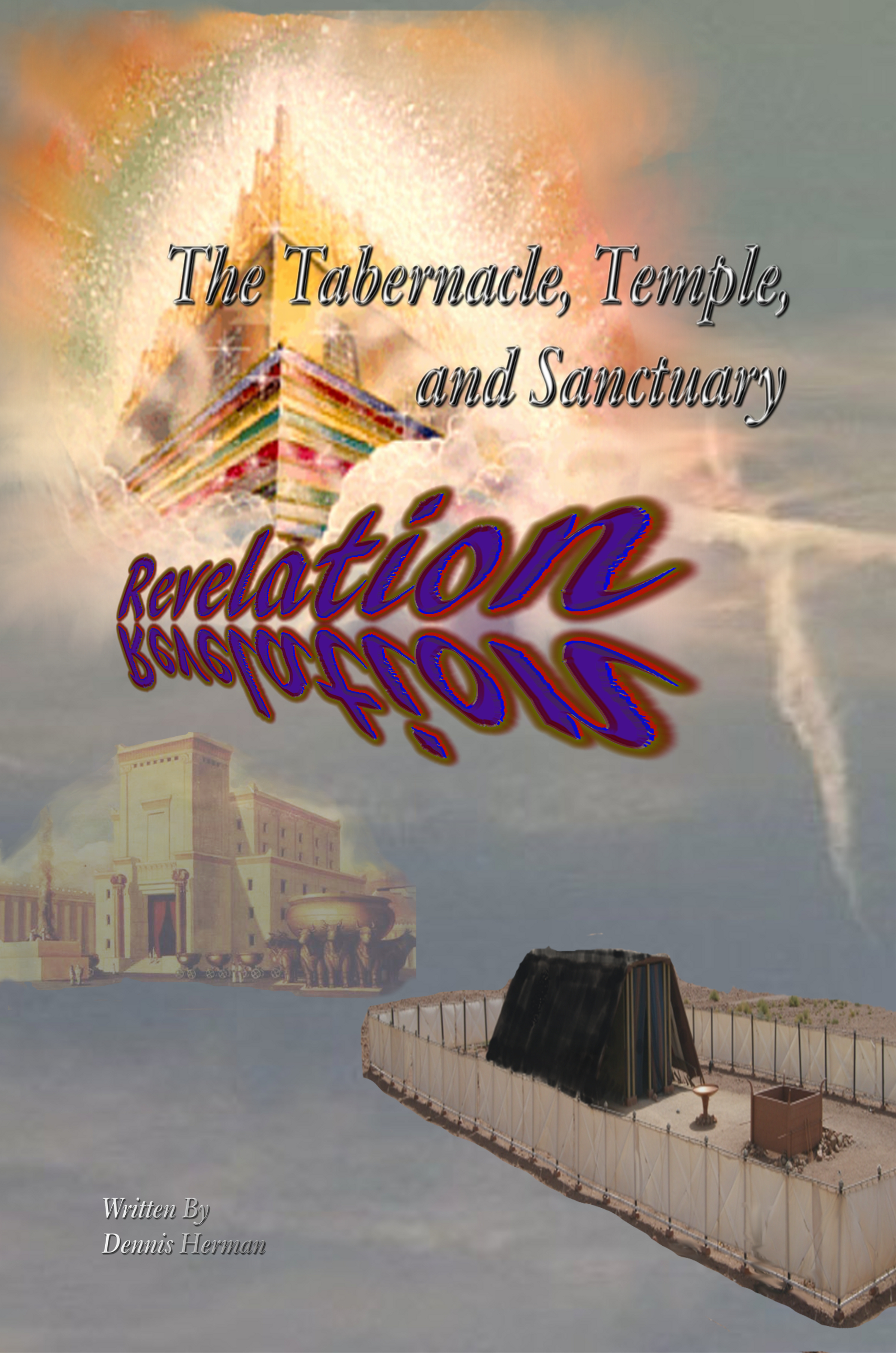



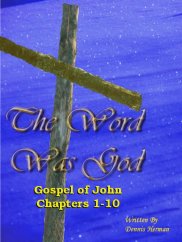
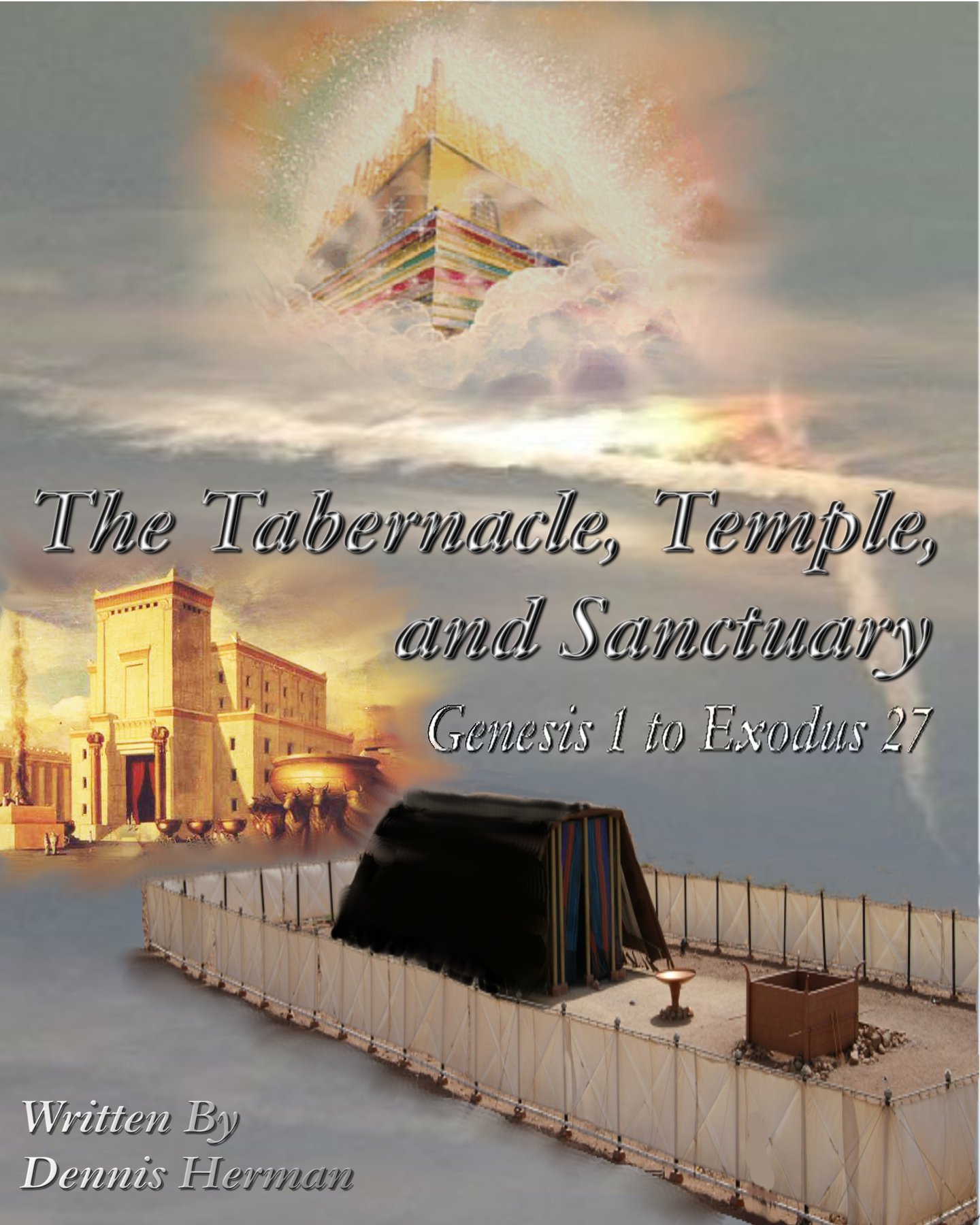


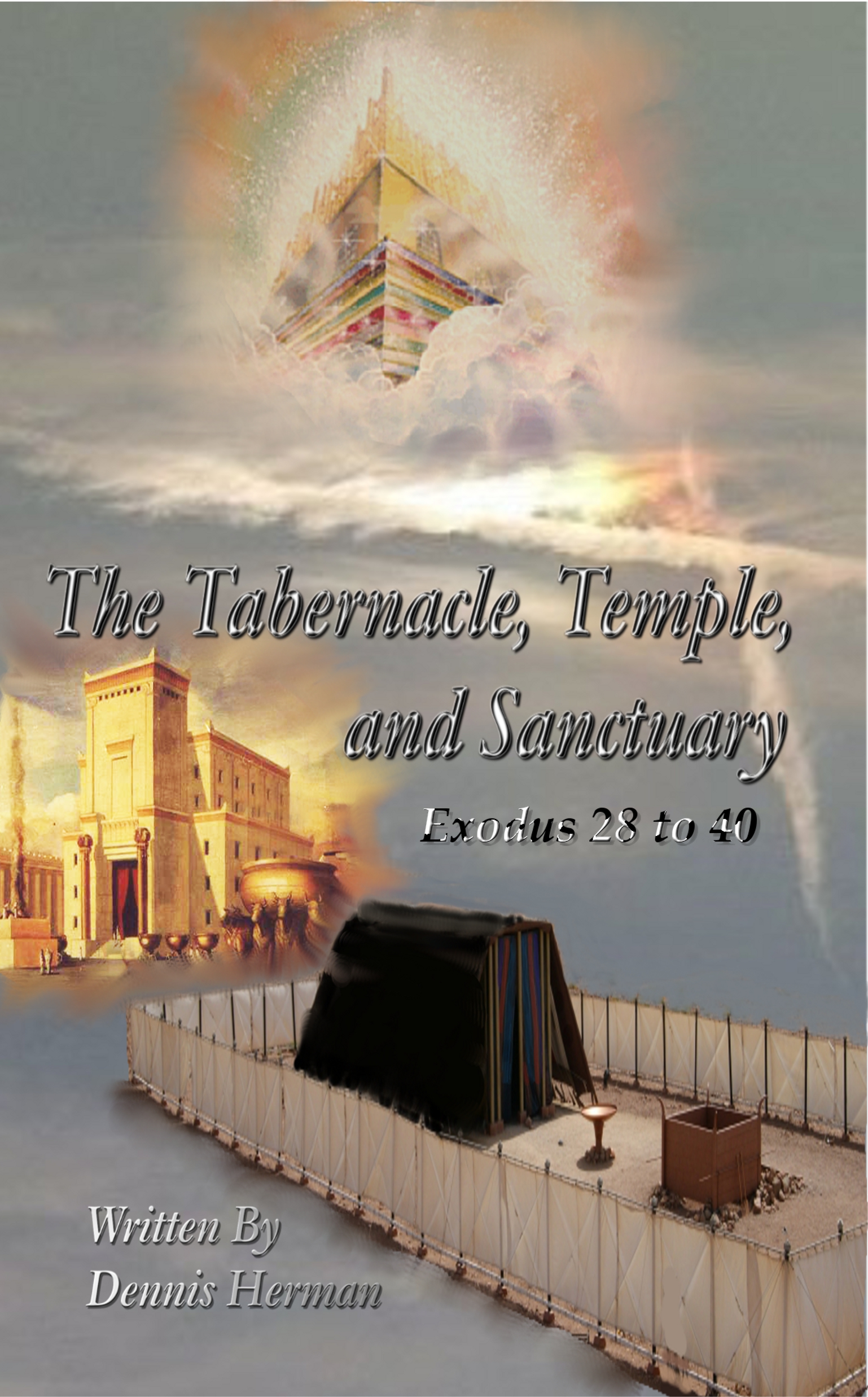


adventbiblestudy said
ATTENTION PLEASE. ALL SALES ON THE TABERNACLE IN OCTOBER 2013 WILL GO TO SUPPORT THE BATTLE CREEK TABERNACLE YOUTH TRIP TO FLORIDA. PLEASE CONTRIBUTE. CLICK THE BOOK COVER AD ON THE LEFT. THANK YOU!!!!
LikeLike